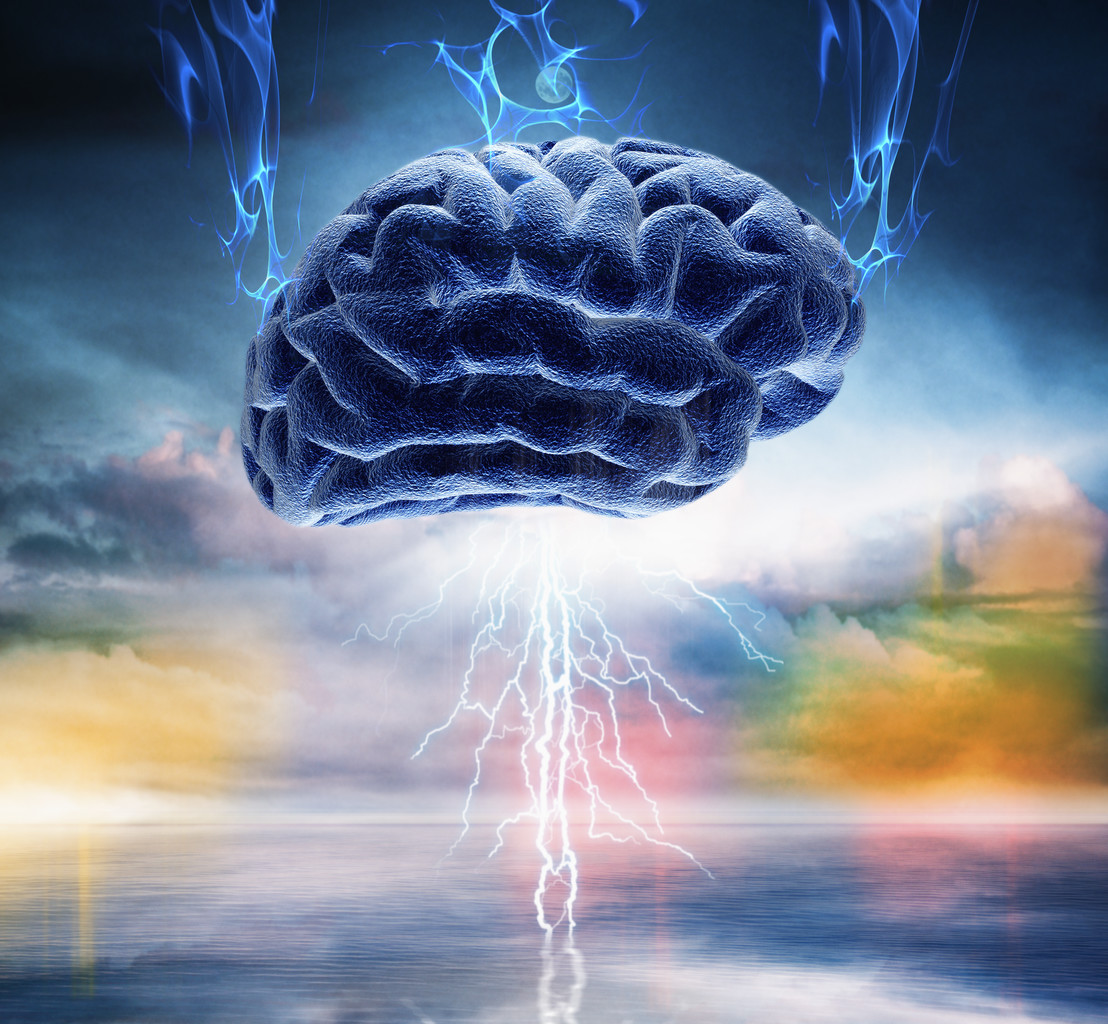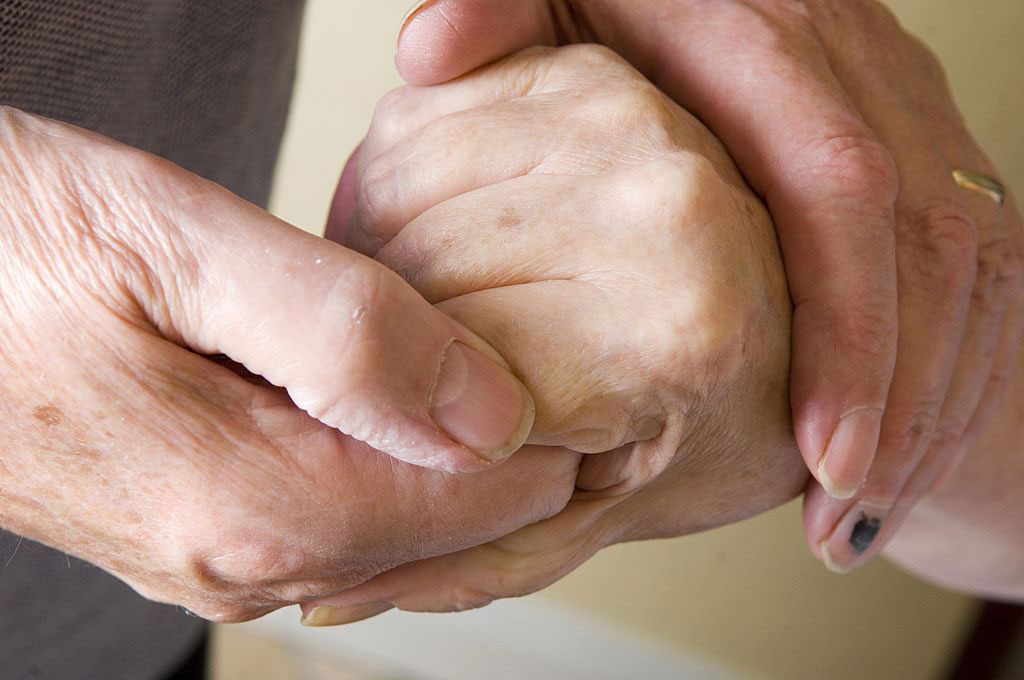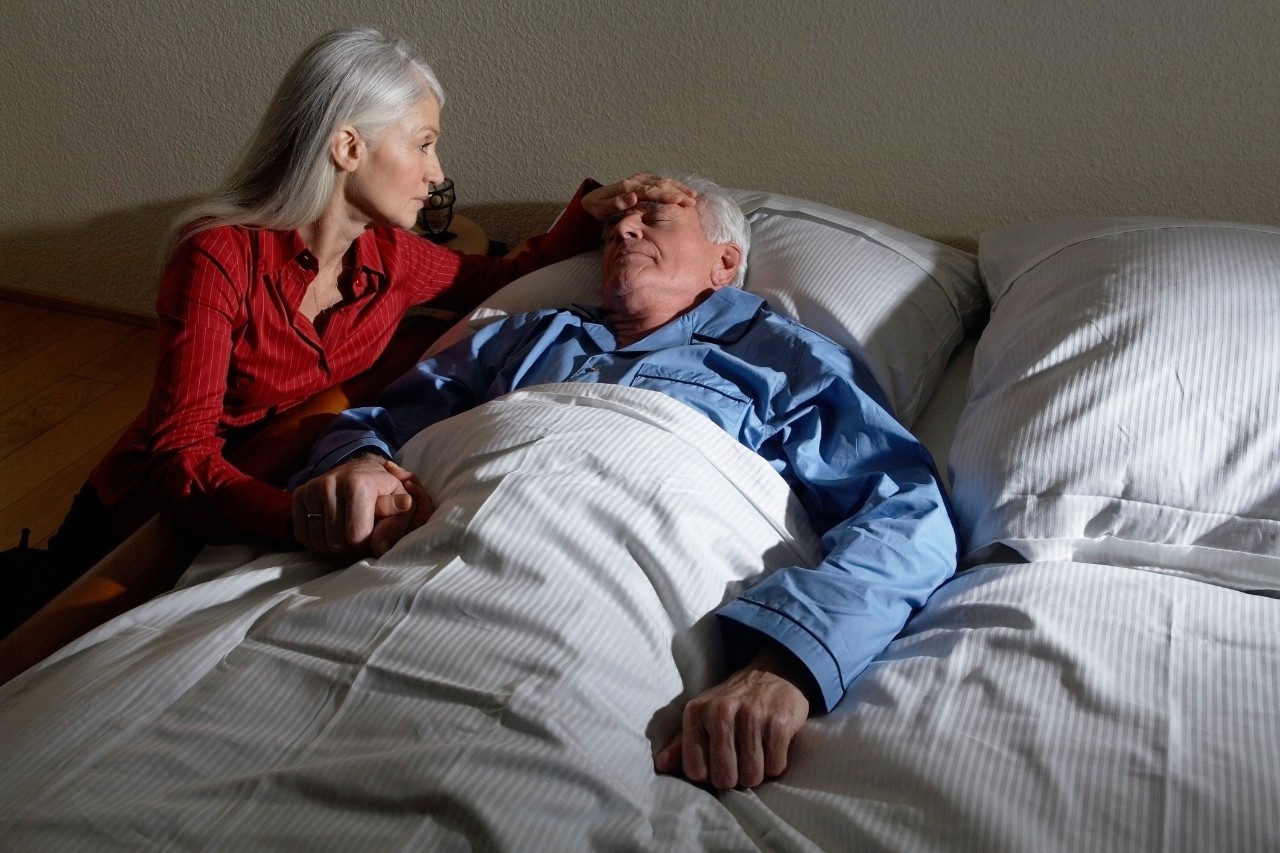
Preeclampsia: A Risk Factor for Stroke
Preeclampsia is risk factor for stroke during pregnancy and after birth. Learn how to avoid a stroke by knowing how to control risk factors.
Osteoporosis is a long-term (chronic) disease that slowly weakens bones until they break easily. It is caused by a combination of genetic and lifestyle factors. In some cases it may also be caused by medical conditions or medicines. Millions of Americans older than 50 have osteoporosis. Millions more have low bone mass, which puts them at risk for the disease. Osteoporosis mainly affects women. One in 2 U.S. women and 1 in 4 U.S. men older than 50 will have a broken bone at some point in their life because of osteoporosis. Use this tool to find out your risk of getting this disease.

It’s important to explore how to prevent falls, the leading cause of injuries in older people. Tai chi, a Chinese form of exercise, may help.

“Mom brain” — fuzzy forgetfulness — is a real phenomenon but it’s not all bad. It helps you bond. Learn how pregnancy changes your brain and why it matters.

The vast majority of people want to die at home, but they don’t.

If you were too heavy and kept some of your weight gain during pregnancy, you’re like most American women, caught in a dangerous cycle.

It helps if you can have loved ones with you.

Friends influence your happiness and habits as you age — whether you smoke, drink, work out, stay thin, or become obese — strong friendships become more powerful.

Loved ones make it harder on themselves through incorrect beliefs.
A woman is able to become pregnant (fertile) only during a certain part of her monthly cycle. That is just before and during ovulation. By learning when you ovulate, you can predict when you’re likely to be fertile. This calculator gives approximate ovulation dates and fertile times for women who have regular periods. (Regular periods mean having a period every 21 to 35 days.) Fertility charting, basal temperature tracking, and purchased ovulation test kits can also be used to help predict a woman’s fertile times. These are especially useful if a woman has irregular periods.